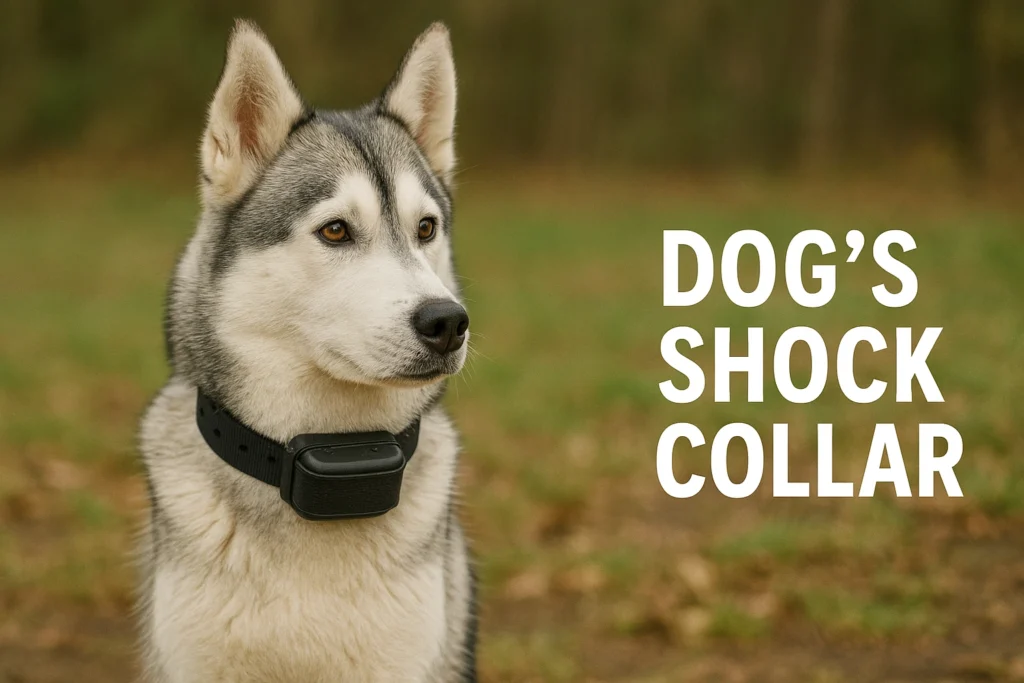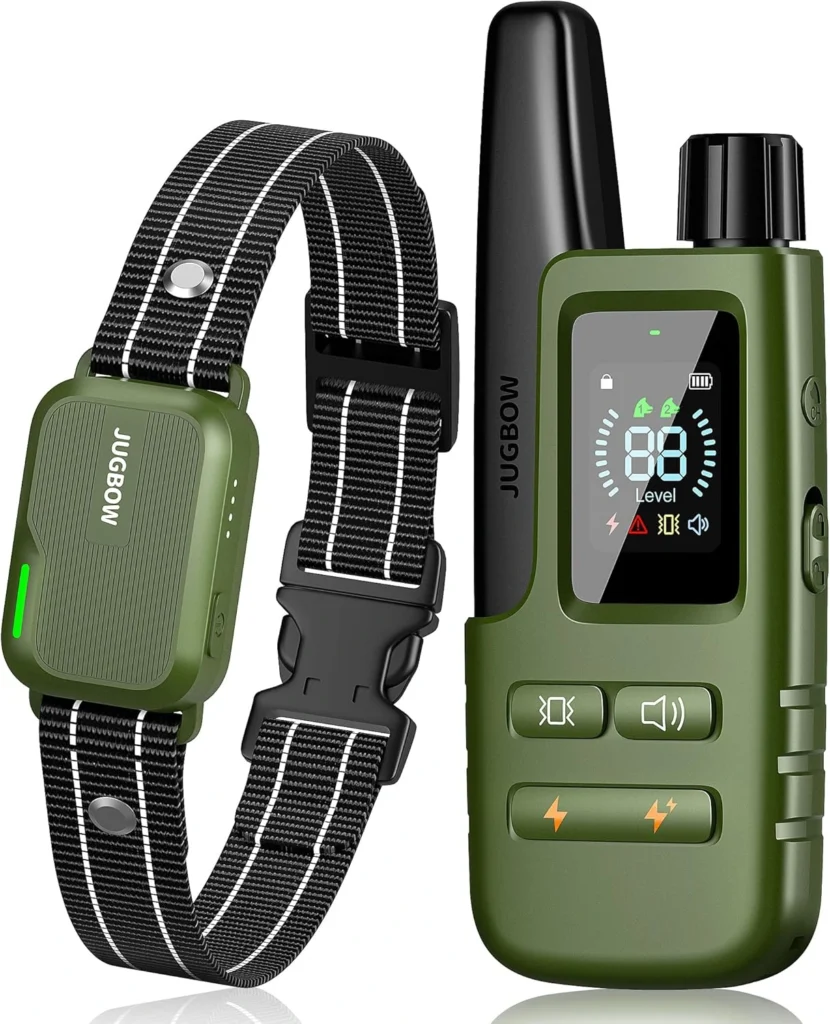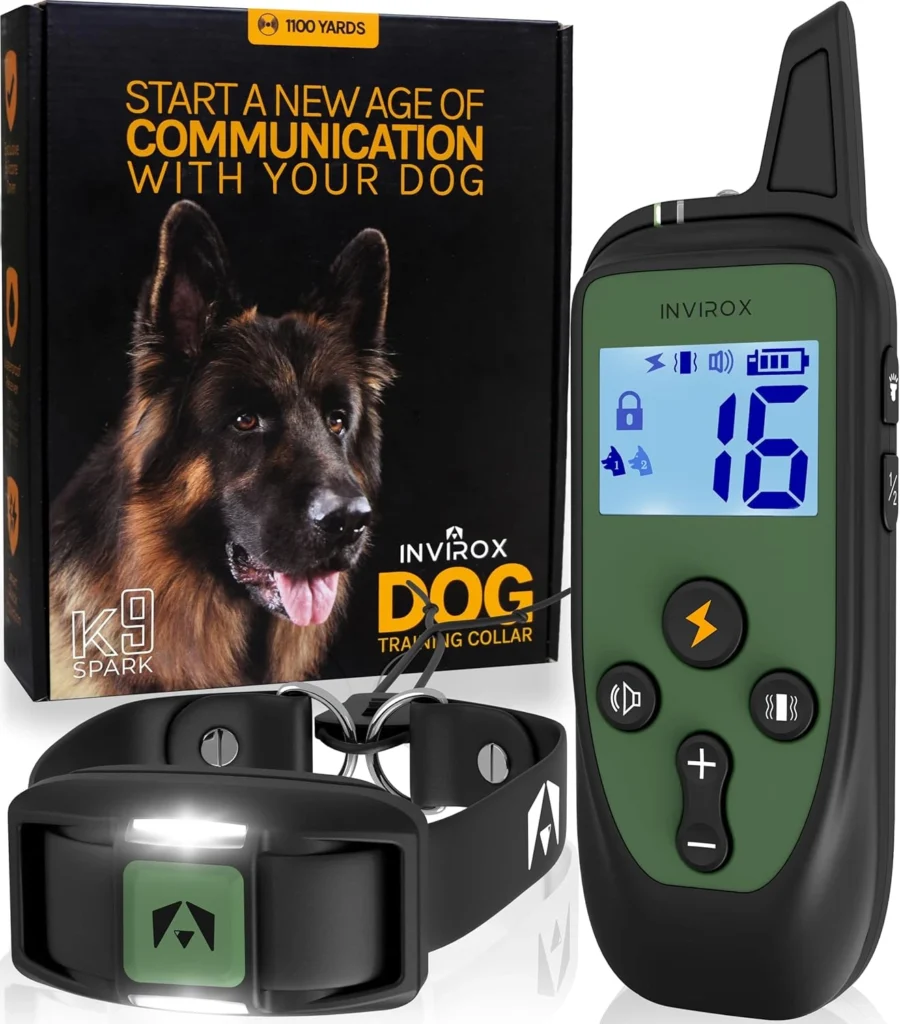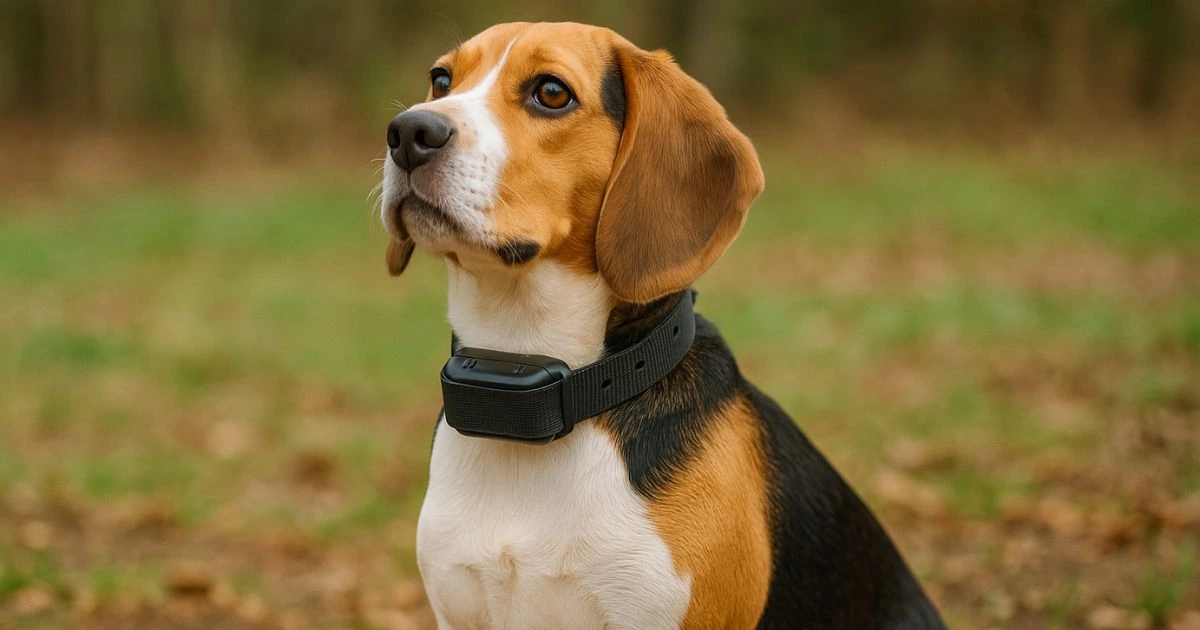How to Use a Shock Collar: Best Tips and Techniques for 2025
Learning how to use a shock collar effectively can revolutionize your dog training routine in 2025. E-collars are no longer simple devices—they now feature advanced technologies and customizable options that support humane, precise communication with your dog. Whether you’re a first-time user or looking to refine your approach, this comprehensive guide will walk you through everything you need to know about how to use a shock collar, from placement to advanced strategies.
Table of Contents
Key Takeaways
- Mastering how to use a shock collar enhances dog-owner communication
- Proper collar placement and fit are essential for results
- Combining e-collar training with positive reinforcement increases effectiveness
- Consistency, timing, and observation are the keys to success
- Knowing how to use a shock collar responsibly ensures humane, stress-free training
Understanding Shock Collar Basics and Safety
Before diving into training, it’s crucial to understand how to use a shock collar safely. E-collars are designed to assist—not punish—your dog. Modern collars feature several training modes:
- Static stimulation:
Customizable static feedback for gentle behavior correction - Vibration mode: Non-stimulating feedback for attention
- Tone mode: Audible cue for behavior association
Safety features now include:
Automatically powers down to avoid excessive stimulationWaterproof build — ideal for outdoor environments- Range limiters and remote lock features
- Rechargeable batteries with indicators
To fully grasp how to use a shock collar, choose a model that fits your dog’s size, coat type, and sensitivity level. Begin with the minimum level and closely monitor how your dog reacts .
Preparing Your Dog for E-Collar Training
Preparation is a foundational part of learning how to use a shock collar. Your dog needs to be physically and mentally comfortable with the collar before training begins. A proper introduction can determine your success.
Steps to prepare your dog:
Let your dog get familiar with the collar by sniffing it before wearing- Allow your dog to wear the collar (without activation) during relaxed moments
- Pair collar wear with treats, affection, or play
- Check the collar for snugness and comfort
The acclimation period may take a few days. Gently introducing your dog to the collar sets the stage for clear and successful training communication .
Where to Place Shock Collar on Dog for Effective Training
No collar will be effective if it’s not positioned the right way. Knowing how to use a shock collar includes understanding where and how to position it.


The Sweet Spot: Just Below the Jawline
Ensure the collar sits snugly high on your dog’s neck just under the jawline and behind the ears for proper positioning. This area ensures that the contact points maintain solid skin contact for reliable signal delivery.
Think of it like using earbuds—if they don’t fit properly, the signal is lost. If the collar loses consistent contact, it may confuse your dog and interfere with effective training.
Fit Matters More Than You Think
Correct fit is essential to how to use a shock collar safely:
- The collar should be snug but not tight
- Two fingers should fit between collar and neck
- Rotate collar position daily to avoid skin irritation
- Inspect for red spots or discomfort after use
Fit Checklist:
- ✅ Positioned high on the neck
- ✅ Contact points touch the skin
- ✅ Not too loose or too tight
- ✅ Regular checks for pressure sores
Dealing With Fluffy Dogs? Try These Tips
Dogs with thick or long fur can make collar placement tricky. Here’s how to maintain good contact:
- Use longer contact points (usually included)
- Part the fur before placing the collar
- Trim a small area of fur for better contact if needed
Mistakes to Avoid
Understanding how to use a shock collar the right way starts by recognizing and avoiding these typical errors :
- ❌ Placing the collar too low on the neck can lead to poor contact and ineffective results
- ❌ Using it like a fashion accessory
- ❌ Rotating too frequently without proper checks
- ❌ Leaving it on for 12+ hours straight
Pro Tip: Remove the collar when not actively training to avoid skin irritation and allow your dog breaks.
How to Use a Shock Collar: Step-by-Step Guide
Understanding how to use a shock collar requires following a structured, step-by-step approach to ensure the training is humane and effective.
1. Proper Collar Placement
- Place the collar just under the ears on the upper neck
- Ensure snugness without causing discomfort
- Check for fur interference or slippage
2. Test the Settings
- Begin at the lowest intensity
- Observe your dog for signs of awareness
- Increase gradually until your dog responds with a small movement (like an ear twitch)
3. Observe Your Dog
Learn to read your dog’s reactions. Proper feedback interpretation is key to learning how to use a shock collar effectively:
- Mild ear twitch/head turn: Correct response
- Yelp, cower, or freeze: Too high
- No response: Too low
Adjust settings based on body language and behavioral signals.
Common Mistakes to Avoid
Even with the best intentions, mistakes happen. Here’s what to avoid:
- Using too much stimulation
- Using the collar inconsistently
- Only using the collar for punishment
- Not pairing the collar with commands
- Ignoring your dog’s stress signals
Learning how to use a shock collar also means knowing what not to do. Correct use builds trust; misuse damages it.
Training Commands and Timing
Your shock collar should support—not replace—verbal cues. When teaching your dog how to use a shock collar, always use commands first.
Core Commands to Start With:
- Sit: Basic control
- Come: Essential recall command
- Stay: Teaches patience
- Heel: Structured walking
Timing Tips:
- Deliver stimulation within 1-2 seconds of the unwanted behavior
- Always pair stimulation with a verbal cue
- End each session on a positive note
Reinforce With Rewards
How to use a shock collar properly means balancing correction with positive reinforcement. After each correct behavior:
- Use treats, toys, or praise
- Celebrate small wins
- Reinforce the behavior with consistency
Reward-based reinforcement ensures your dog associates the training with trust, not fear.
Distance and Recall Training
How to use a shock collar effectively includes building distance control, especially for off-leash situations.
Distance Training Steps:
- Begin in a quiet, fenced area
- Use the lowest stimulation that gains your dog’s attention
- Gradually increase distance and distractions
- Keep practicing verbal cues
With recall training, your goal is to establish trust even at long distances. E-collars support that process when used properly.
Behavior Modification Techniques
Knowing how to use a shock collar also means using it to solve behavioral challenges like barking, leash pulling, or aggression.
Addressing Excessive Barking
- Use sound-sensitive collars or vibration modes
- Apply low-intensity correction
- Reward quiet behavior
Leash Training Support
- Correct pulling with timely feedback
- Reinforce a loose leash position
- Combine with the heel command
Dealing with Aggression
- Never use the shock collar in anger
- Identify triggers and apply neutral correction
- Work with a professional if aggression is severe
Behavior modification takes time. Be consistent, observant, and responsive.
Maintenance and Troubleshooting
Understanding how to use a shock collar also involves caring for the device:
Maintenance Tips:
- Clean contact points after each use
- Recharge batteries as needed
- Store in a dry place
Troubleshooting Issues:
- Inconsistent signals: Check contact
- Unresponsive device: Check battery and receiver
- Skin issues: Rotate position, inspect daily
A well-maintained collar ensures safety and reliability during training.
How Much Are Shock Collars? Budget vs. Premium Options
If you’re investing in dog training, you’ve probably asked, “How much are shock collars?” The answer depends on your needs.
| Type | Key Features | Typical Price |
|---|---|---|
| Basic | Beep + Static, short range | $25–$50 |
| Mid-Range | Vibration + Static, water-resistant | $60–$120 |
| Premium | GPS, Multi-dog control, extended range | $150–$300+ |
Budget Collars
- Best for small dogs and indoor use
- Limited range and basic features
👉 Top Pick: Jugbow Dog Shock Collar – 4200FT— Affordable and perfect !

Mid-Range Collars
- Most popular choice for general training
- Balanced range, durability, and features
👉 Recommended: INVIROX Training Collar— Reliable for everyday training.

Premium Collars
- Built for hunting, working dogs, and long-range use
- Offer precision and tracking
👉 Best Choice: SportDOG Brand SportHunter 1225X — Long-range, precision, and perfect for working dogs.

When considering how to use a shock collar, match the collar’s capabilities to your training environment and your dog’s needs.
Advanced Techniques for Experienced Users
If you’ve mastered the basics of how to use a shock collar, advanced methods can elevate your dog’s obedience.
Off-Leash Obedience
- Train in distraction-heavy environments
- Use consistent cues and gradual challenges
- Maintain calm leadership and control
Multi-Dog Training
- Use collars with separate channels
- Train one dog at a time
- Ensure clear communication with each pet
Conclusion
Mastering how to use a shock collar is about more than just buying the right device—it’s about committing to a training process that’s fair, effective, and humane.
Remember:
- Fit and placement matter
- Timing and tone are critical
- Rewards amplify learning
Whether you’re teaching basic commands or solving stubborn behaviors, knowing how to use a shock collar gives you an effective tool in your training toolkit—one that, when used responsibly, strengthens your bond with your dog.
FAQ
Q: Are shock collars safe for all dogs?
A: Not for every dog. Consult a vet or trainer before using one on sensitive breeds.
Q: What’s the correct level of stimulation?
A: The lowest level that gains attention without distress.
Q: Can I use a shock collar on a puppy?
A: Wait until at least 6 months of age and always seek guidance.
Q: How long should each training session last?
A: 10–15 minutes to avoid overstimulation.
Q: What’s the right fit?
A: Snug, with two fingers of space; rotate to avoid sores.
Q: Do shock collars have waterproof options?
A: Yes, many are water-resistant or waterproof.
Q: How do I clean and maintain the collar?
A: Wipe down contact points, check battery, inspect for damage.
Q: How many times a day should I use the collar?
A: 1–2 focused sessions, depending on your dog’s learning pace.
Q: Will a shock collar fix aggression?
A: Not alone. Use with caution and consult a behaviorist.
Q: Can I use one shock collar for multiple dogs?
A: Some remotes support multiple collars—verify model compatibility.
The journey of learning how to use a shock collar is both practical and emotional. With knowledge, patience, and compassion, you can use this tool to create a stronger, more respectful relationship with your dog.





